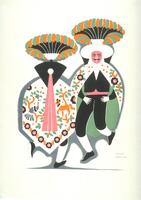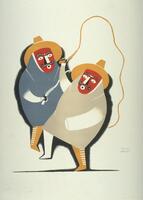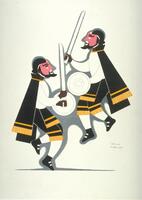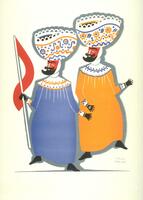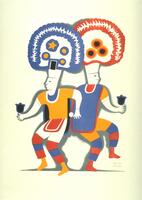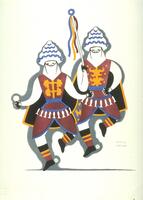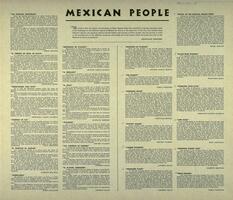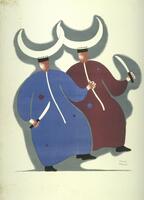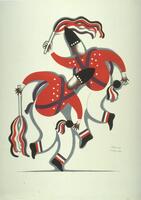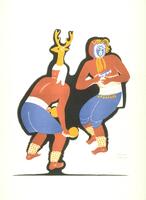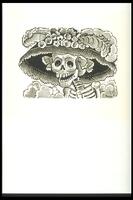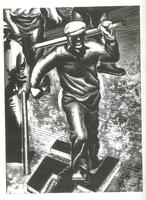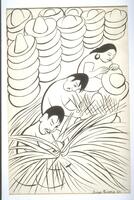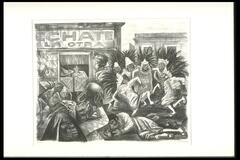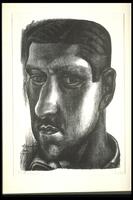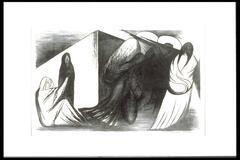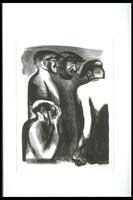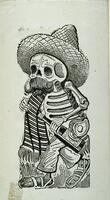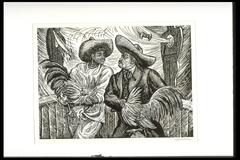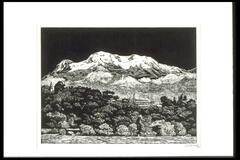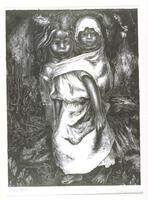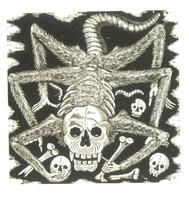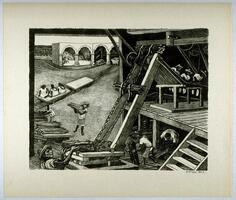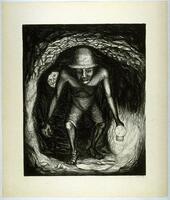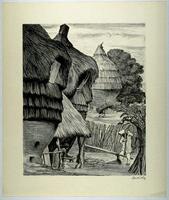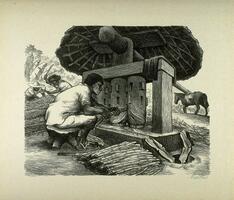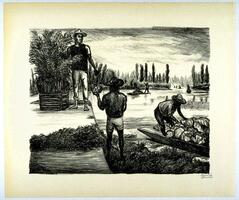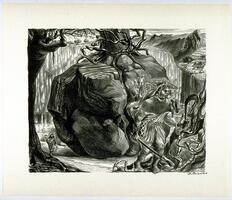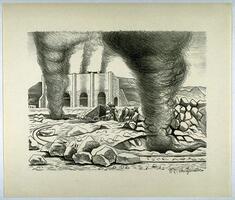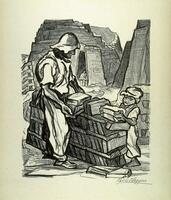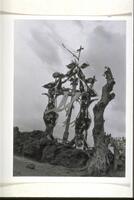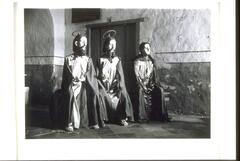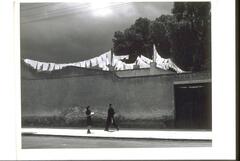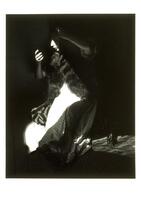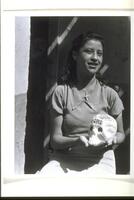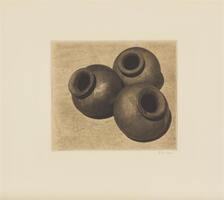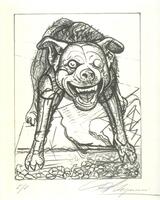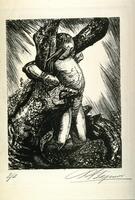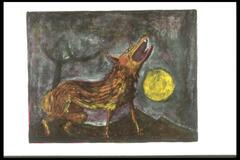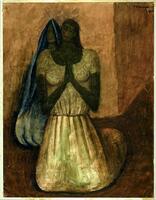Exhibition research for Detroit Institute of Arts exhibition of prints, drawings, and photographs, tentatively scheduled for 2019.
Contact: Clare Rogan, Curator of Prints & Drawings, crogan@dia.org
49 Items in this Learning Collection
Collection Object
Collection Object
Collection Object
Collection Object
Collection Object
Collection Object
Collection Object
Collection Object
Collection Object
Collection Object
Collection Object
Collection Object
Collection Object
Collection Object
Collection Object
Collection Object
Collection Object
Collection Object
Collection Object
Collection Object
Collection Object
Collection Object
Collection Object
Collection Object
Collection Object
Collection Object
Collection Object
Collection Object
Collection Object
Collection Object
Collection Object
Collection Object
Collection Object
Collection Object
Collection Object
Collection Object
Collection Object
Copyright
All Rights Reserved
()
Danza de los Pascolas y el Venado
Accession Number
1944.8
Title
Danza de los Pascolas y el Venado
Artist(s)
Carlos Mérida
Artist Nationality
Guatemalan
Object Creation Date
circa 1937-1939
Medium & Support
lithograph on paper
Dimensions
16 7/8 in x 12 1/2 in (42.86 cm x 31.75 cm)
Credit Line
Museum Purchase
Subject matter
This is one of a series of ten prints that depict the traditional dances of México. Mérida was the co-founder of the dance school for the Secretariat of Education (Escuela de la Danza de la Secretaría de Educación Pública), which worked to preserve the native dances of the region. In addition to this set, at this time, he produced a number of series that cataloged the popular arts and industries of Mexico and his native Guatemala.
This print depicts the dance of the Pascola, the ceremonial host, and the deer. Dating back at least three-hundred years, this dance was practiced to appease the gods and bring rain. The dance is an effort of humanity (Pascola) to gain control over nature represented by the deer. Even today, this is a vital dance for the Mayo and Yaqui people of western Mexico and is carried out often. Over time, Christian iconography has been incorporated: for example, the gold attachments on the Pascola's waistband, numbering eight in the print, represent the twelve apostles.
Physical Description
Centered on the page in this print are two figures. Both have oranged-tan skin, revealed by their bare chests, arms and legs. At their ankles, there are white bands with gold circles. On the left, the figure wears blue shorts with a wide white waistband. He faces away, on his head there is a headdress in the shape of a horned-deer that faces to the left, attached by a white cloth. The figure holds two yellow disks. On the right, the man wears slightly different draping knickers with a wide-white waist band that has small orange toggles hanging off the front and a white flap off the back. He wears a blue mask with a white, abstracted face painted on. The mask has gold fabric attached at the top and bottom to represent hair and a beard. This right figure holds a small blue box with white design.
Primary Object Classification
Print
Collection Area
Modern and Contemporary
Rights
If you are interested in using an image for a publication, please visit http://umma.umich.edu/request-image for more information and to fill out the online Image Rights and Reproductions Request Form. Keywords
Mayo (Native American style)
Mexico
Odocoileus virginianus (species)
Yaqui (culture or style)
dancers
face masks
folk dances
headdresses
jingle bells
modern and contemporary art
rain
1944.8
Title
Danza de los Pascolas y el Venado
Artist(s)
Carlos Mérida
Artist Nationality
Guatemalan
Object Creation Date
circa 1937-1939
Medium & Support
lithograph on paper
Dimensions
16 7/8 in x 12 1/2 in (42.86 cm x 31.75 cm)
Credit Line
Museum Purchase
Subject matter
This is one of a series of ten prints that depict the traditional dances of México. Mérida was the co-founder of the dance school for the Secretariat of Education (Escuela de la Danza de la Secretaría de Educación Pública), which worked to preserve the native dances of the region. In addition to this set, at this time, he produced a number of series that cataloged the popular arts and industries of Mexico and his native Guatemala.
This print depicts the dance of the Pascola, the ceremonial host, and the deer. Dating back at least three-hundred years, this dance was practiced to appease the gods and bring rain. The dance is an effort of humanity (Pascola) to gain control over nature represented by the deer. Even today, this is a vital dance for the Mayo and Yaqui people of western Mexico and is carried out often. Over time, Christian iconography has been incorporated: for example, the gold attachments on the Pascola's waistband, numbering eight in the print, represent the twelve apostles.
Physical Description
Centered on the page in this print are two figures. Both have oranged-tan skin, revealed by their bare chests, arms and legs. At their ankles, there are white bands with gold circles. On the left, the figure wears blue shorts with a wide white waistband. He faces away, on his head there is a headdress in the shape of a horned-deer that faces to the left, attached by a white cloth. The figure holds two yellow disks. On the right, the man wears slightly different draping knickers with a wide-white waist band that has small orange toggles hanging off the front and a white flap off the back. He wears a blue mask with a white, abstracted face painted on. The mask has gold fabric attached at the top and bottom to represent hair and a beard. This right figure holds a small blue box with white design.
Primary Object Classification
Collection Area
Modern and Contemporary
Rights
If you are interested in using an image for a publication, please visit http://umma.umich.edu/request-image for more information and to fill out the online Image Rights and Reproductions Request Form. Keywords
Mayo (Native American style)
Mexico
Odocoileus virginianus (species)
Yaqui (culture or style)
dancers
face masks
folk dances
headdresses
jingle bells
modern and contemporary art
rain
